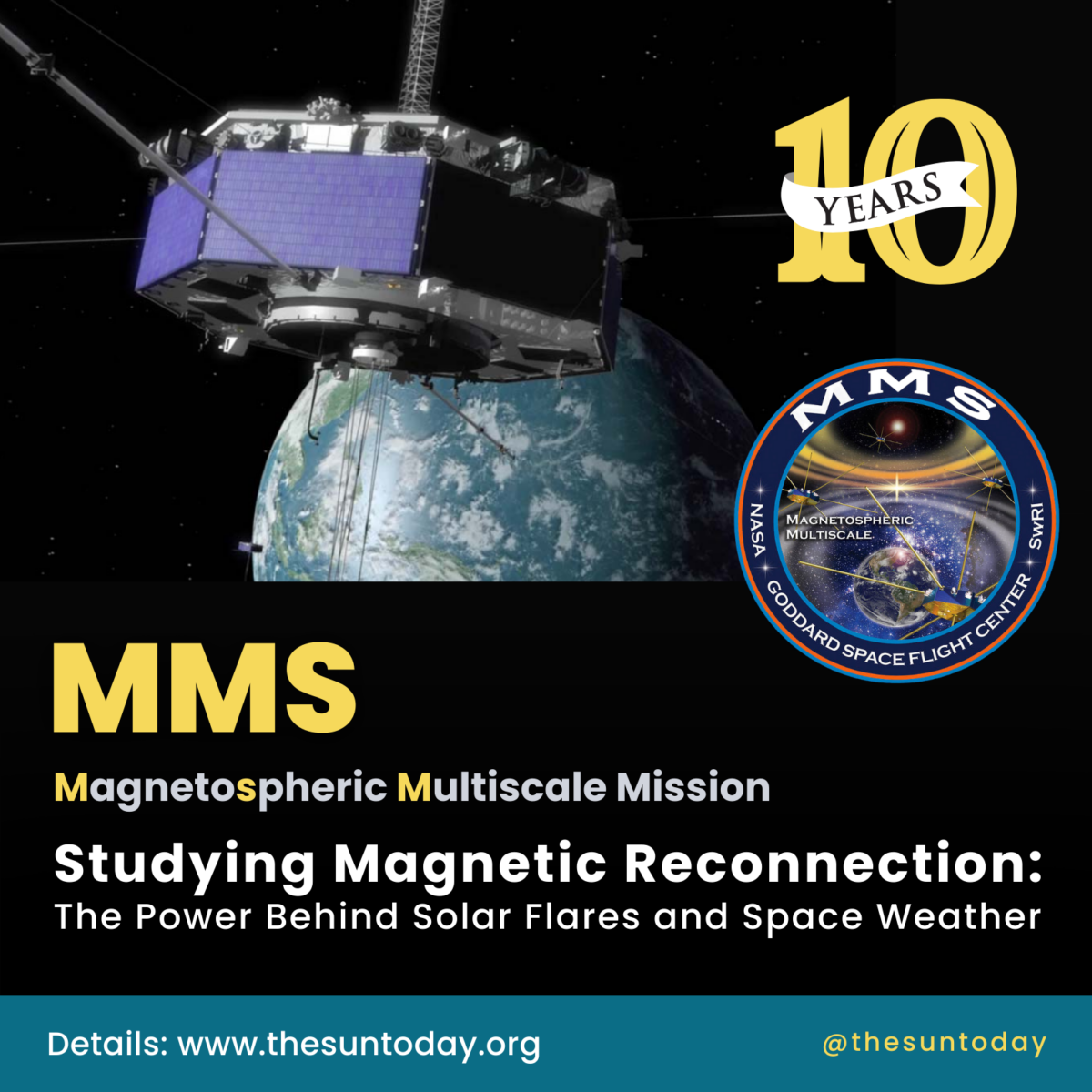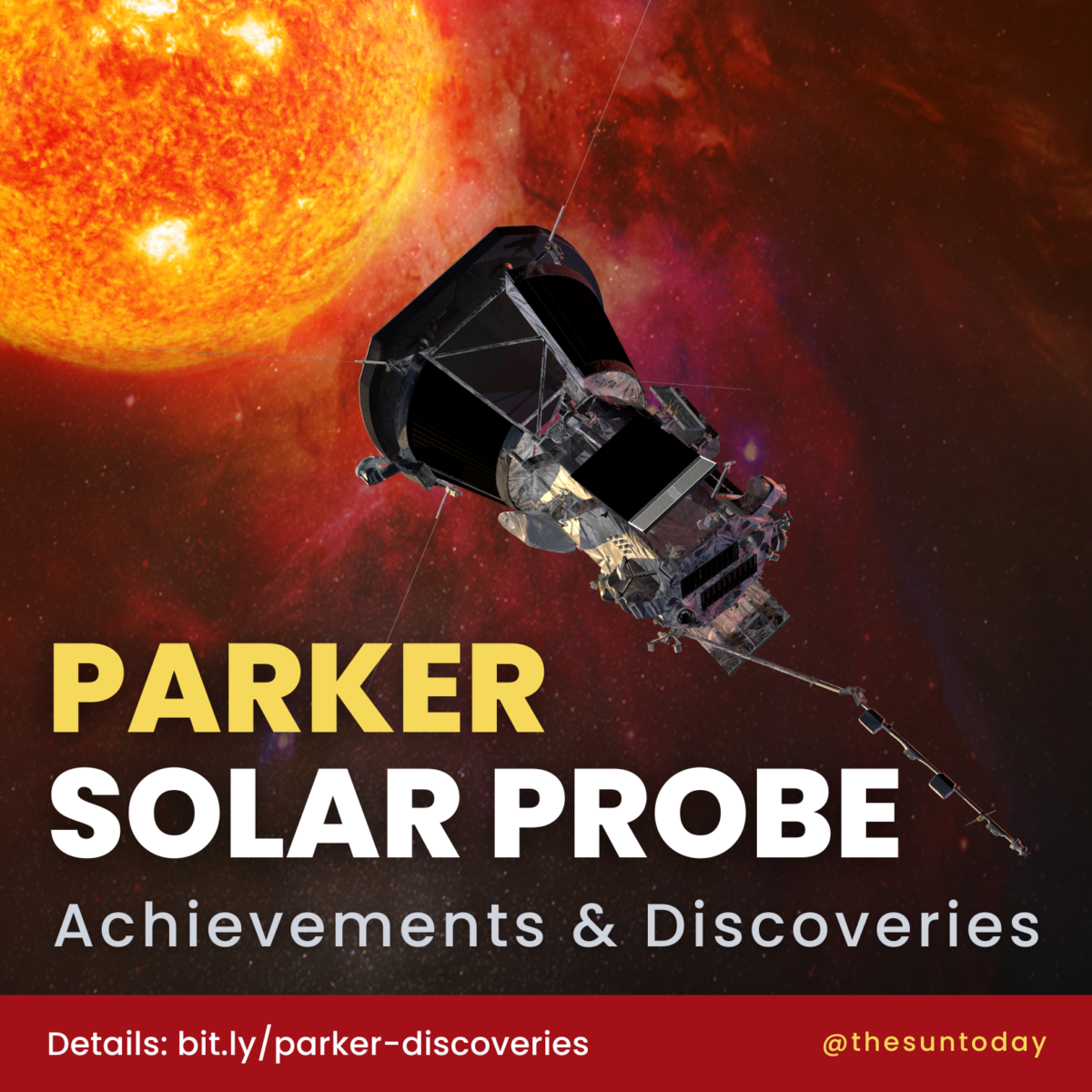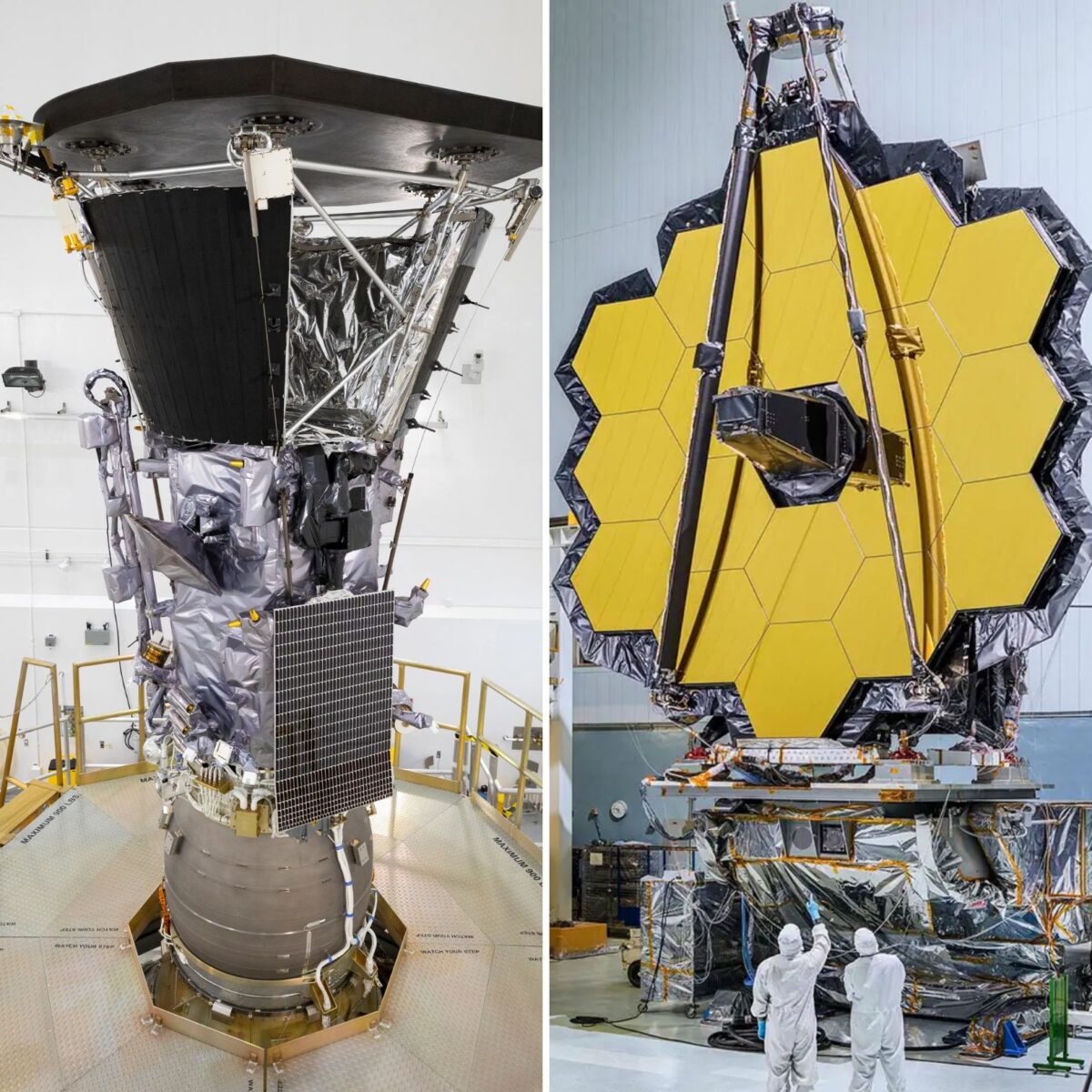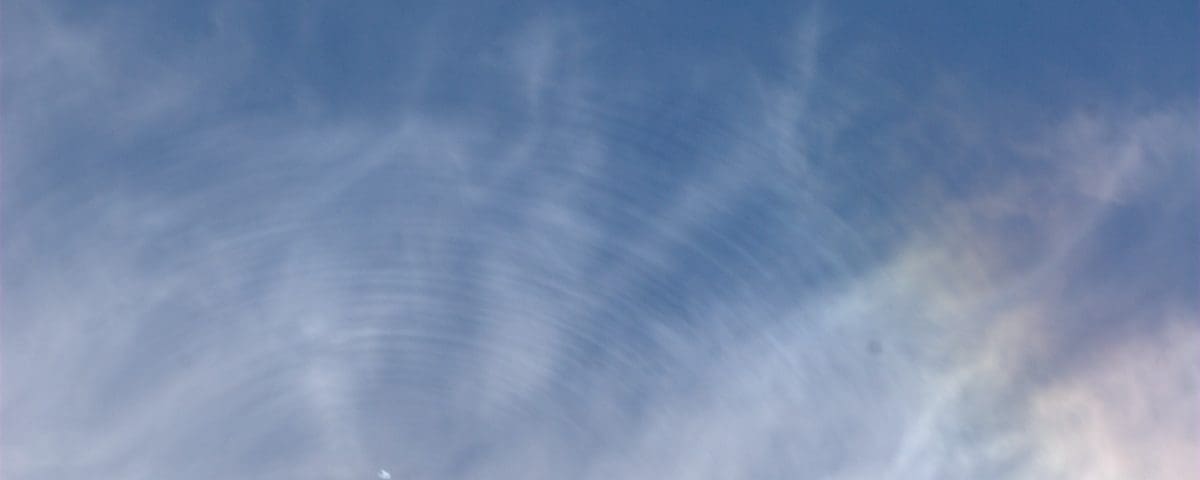
Thursday morning seemed to take longer to arrive.
Expectations were certainly higher, based in no small part on the fact that most of us had flights booked to take us home later that day. Washington DC had just gotten its second massive snow storm in less than a week, adding another foot of snow to the 30-some inches that fell over the weekend.
Some of us wondered if we’d ever get home! The process of trekking out to the viewing scene seemed almost routine at this point. Not only had we taken it the previous day but also on the Tuesday when we took a tour of the Space Center. Some people were getting more interested in the wildlife that we kept seeing along the way: alligators, eagles, armadillos, vultures.
When we reached the bleachers (again) the word was that the weather was complying today. It was a gorgeous day indeed and I spared a thought for my poor fellow Washingtonians buried under all that snow… hahaha!! Still, spirits in Florida were high. People were setting up their cameras and taking pictures of each of other to mark the occasion, or maybe just to pass the time. The countdown clock in front of us again stopped at the 4-minute marker, signaling that we had to wait another 10 minutes to learn whether the trip had been worth it, or if I would have to wait another time to witness my first launch. (Some of my friends were fortunate enough to make it out of DC before the first snowstorm hit and saw the space shuttle go up.)
Again, the team at flight control ran through the obligatory ‘Go-’/’No Go-’ for launch checklist. Systems were looking good, and the winds below the 20 mph threshold: we were good to go… again. All eyes were on the clock. 4:00… 3:59… 3:48 (one second further on than yesterday: so far, so good)… 3:47… the seconds continued to tick away. This was it.
All eyes were focused on the launch pad on the horizon about 3 miles away. Even without binoculars it was still possible to make out the cylindrical shape of the Atlas V. With nervous anticipation we entered the final countdown. The crowd chanted out in unison: 10… 9… 8… 7… 6… 5… 4… 3… 2… 1… Cheering continued despite the rocket actually not appearing to move. Then the clouds of smoke appeared at its base as the Atlas inched its way upward, taking seemingly forever just to clear the launch tower. Moments later, the rumble of the engines reached our ears. Gradually the Atlas picked up speed as it overcame the gravitational pull of the Earth. It was a glorious sight.
Everyone was in complete awe, whether they had seen a launch before or not. The noise began to fill the sky as the rocket gained more and more altitude. Then, about 2 minutes into the flight, something happened which no one expected. As the Atlas broke the sound barrier, a cone of vapor encapsulated the vessel as a shockwave rippled out across the sky like something from The Matrix. ‘Ooo’s’, ‘ahh’s’ and ‘wow’s’ echoed out across the crowd as the ripples destroyed a sundog nestling in a nearby cloud. It was a truly spectacular sight.
Oblivious to what just happened, the Atlas continued to climb into the Florida sky until it was all but gone from view. Cheers, handshakes, and, I’ll admit, maybe even a few tears were shared amongst ourselves as we anxiously began asking, ‘OK, when do we get to see the data?!’ Even as we retreated back to the buses, and eventually home, many of us were discussing the possible cause of the ripples that we saw. (When we returned home we found out we were not alone; the Internet was already buzzing with speculation.)
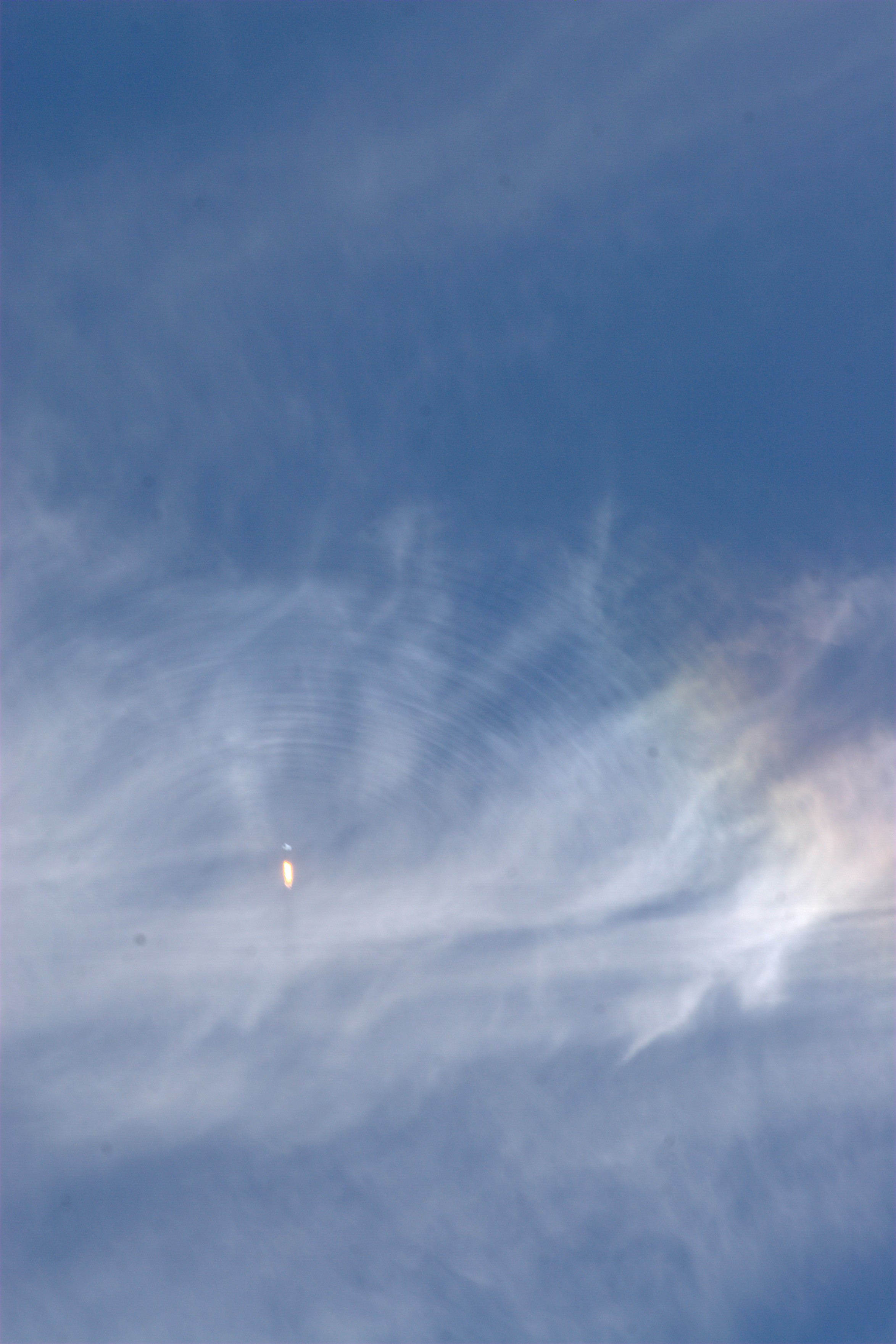
The Astronomy Picture of the Day for 23 Feb 2010, http://antwrp.gsfc.nasa.gov/apod/ap100223.html
Surely this was a very promising start to what was already going to be an historic, game-changing mission: the mere launch of SDO had started generating fascinating scientific discussions long before it even reached orbit. -Ryan


